Much as we like to think we live in a color-blind society, we do not. Parents make decisions for their young children, and each and every one of us is prone to biases of one stripe or another. Pre-conceived notions about the nature of the message in a book is heavily influenced by who wrote it and who it features. If it’s a book with Asian kids, the presumption is it must be about Asian culture, for it can’t simply be about a child who happens to BE a minority, facing a problem of being too smart or too short. The assumption is that the reason the kid is Asian is because the book is cultural. So, making my characters anything other than non-descript–in order to appeal to a broader market–seemed initially the wiser choice.
As I came to terms with forging my own path to publication, the reality of my legacy left with this book really and truly hit home. Why did I really choose to publish under my maiden name? Legacy, I had declared! But what about my legacy was I declaring?
Today I’m proud to be an Asian woman. I absolutely didn’t start out that way, having grown up in a suburb where racial slurs were hurled at me throughout middle/high schools. But finally having a better understanding of what it means to be Asian in a non-Asian society was hard to come by, because there were no positive models for me, in books or elsewhere.
I didn’t want to perpetuate the problem. I wanted to be part of the solution.

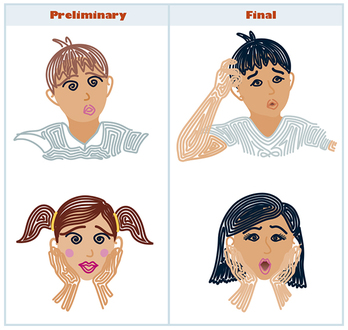


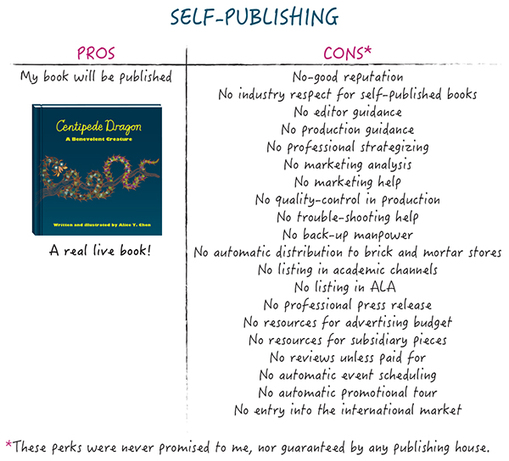
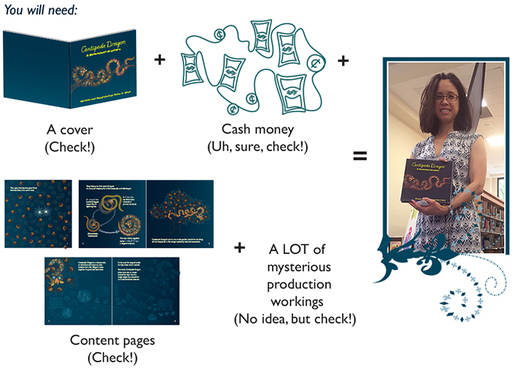
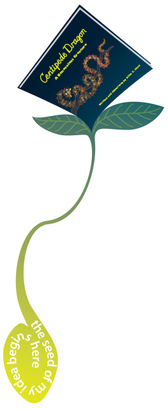
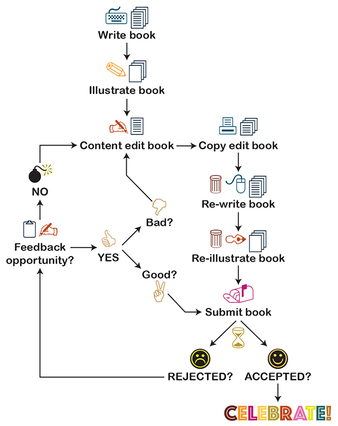
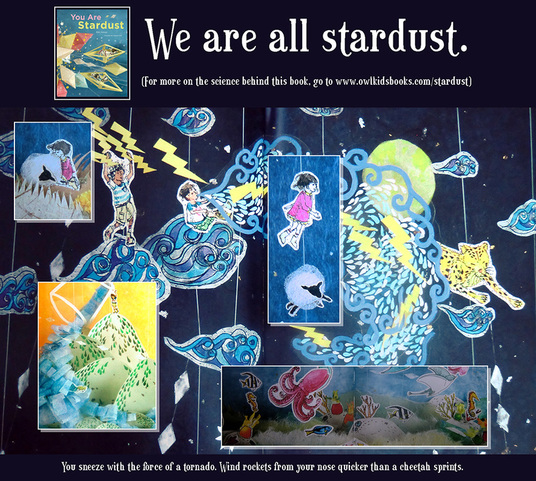
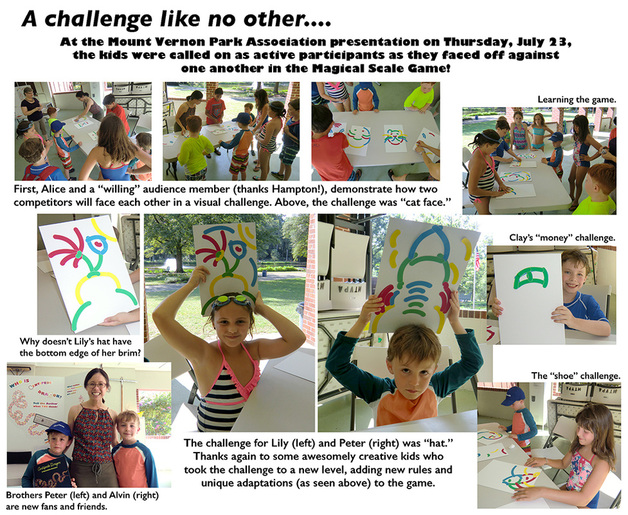
 RSS Feed
RSS Feed
